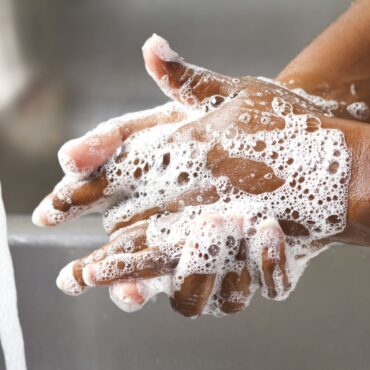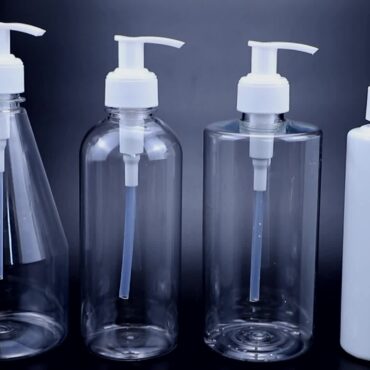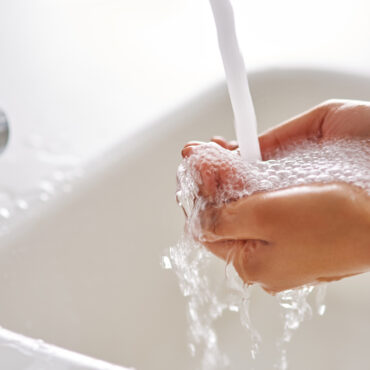How to choose the best handwash that doesn’t leave your hands skin dry?
| On Apr23,2021Save dry hands from frequent hand-washing and dryness with top-rated liquid and bar soaps
These days, most of us are washing our hands more than ever before. And if there’s one takeaway to glean from our frequent hand-washing, it’s that all soaps are not created equal — especially if you have dry or sensitive hands. “Hand soaps typically contain a high foaming surfactant like sodium lauryl sulfate (SLS) or sodium Laureth sulfate (SLES) to really clean skin, plus a co-surfactant like Cocamidopropyl betaine to make the formula milder.
Many hand soaps do contain moisturizing skin care ingredients, like glycerin, but “while glycerin is known to draw moisture to your skin in a cream or lotion formula, it’s doesn’t always have the same hydrating effect in a hand soap,” says Dr. Aral. Beyond picking a good hand soap, she suggests applying hand cream after washing to fully counteract dryness and soften skin.
Factors to consider when selecting hand hygiene products
To achieve a high rate of hand hygiene adherence, HCWs need education, clear guidelines, some understanding of infectious disease risk, and acceptable hand hygiene products.
Factors to be taken into consideration for product selection include:
-
relative efficacy of antiseptic agents (see Part I, Section 10) and consideration for selection of products for hygienic hand antisepsis and surgical hand preparation;
-
dermal tolerance and skin reactions;
-
cost issues;
-
aesthetic preferences of HCWs and patients such as fragrance, color, texture, “stickiness”, and ease of use;
-
practical considerations such as availability, convenience and functioning of a dispenser, and ability to prevent contamination;
-
time for drying (consider that different products are associated with different drying times; products that require longer drying times may affect hand hygiene best practice);
-
freedom of choice by HCWs at an institutional level after consideration of the above-mentioned factors.
Aesthetic preferences
1) Fragrance
Products with a strong fragrance may lead to discomfort and respiratory symptoms in some HCWs allergic to perfume or fragrances. Many patients complain about perfumed products, especially in oncology. Therefore, consideration should be given to selecting a product with mild or no added fragrances.
2) Consistency (texture)
Hand rubs are available as gels, solutions, or foams. Dermal tolerance and efficacy were not considered as they are not affected by consistency. Although more expensive than solutions, gels have recently become the most popular type of alcohol-based hand rub preparation in many countries. Due to their formulations, some gels may produce a feeling of humectant “build-up”, or the hands may feel slippery or oily with repeated use. This difference inconsistency has not been associated with better objective tolerance or higher compliance with hand cleansing in a controlled study. A prospective intervention study and a comparison study have shown that the use of a gel formulation was associated with better skin conditions, superior acceptance, and a trend towards improved compliance. Nevertheless, it is worth recalling that the first generations of gel formulations have reduced antimicrobial efficacy compared with solutions. A recent study suggests that the antibacterial efficacy of alcohol-based gels may depend mainly on the concentration and type of alcohol in the formulation.
Practical considerations
1) Product accessibility
Several studies suggest that the frequency of hand cleansing is determined by the accessibility of hand hygiene facilities. A reliable supplier (industrial or local at the healthcare facility) is essential to ensure a continuous supply of products. If industrial products are not available or are too expensive, products may be produced within the local setting. WHO identified and validated two different alcohol-based formulations, and a Guide to Local Production (Implementation Toolkit, available at. However, even if a simple method is proposed, it is difficult to regulate the quality control of locally made products, and more sophisticated but feasible methods to monitor quality are needed.
Issues related to the infrastructure necessary to ensure continuous access to hand hygiene products and equipment are specifically dealt with.
2) Risk of contamination
Alcohol-based rubs have a low risk of contamination, but soap contamination is more common. Multiple-use bar soap should be avoided because it is difficult to store bar soap dry at a sink, with a subsequent increase in the risk of contamination. Although liquid soaps are generally preferred over bar soaps for handwash, the risk for either intrinsic or extrinsic microbial contamination still exists.
Final Words
Rapping up all this, if we prioritize the above-mentioned factors while buying the hand wash(es), we will surely protect our skin from dryness or other harmful effects.




